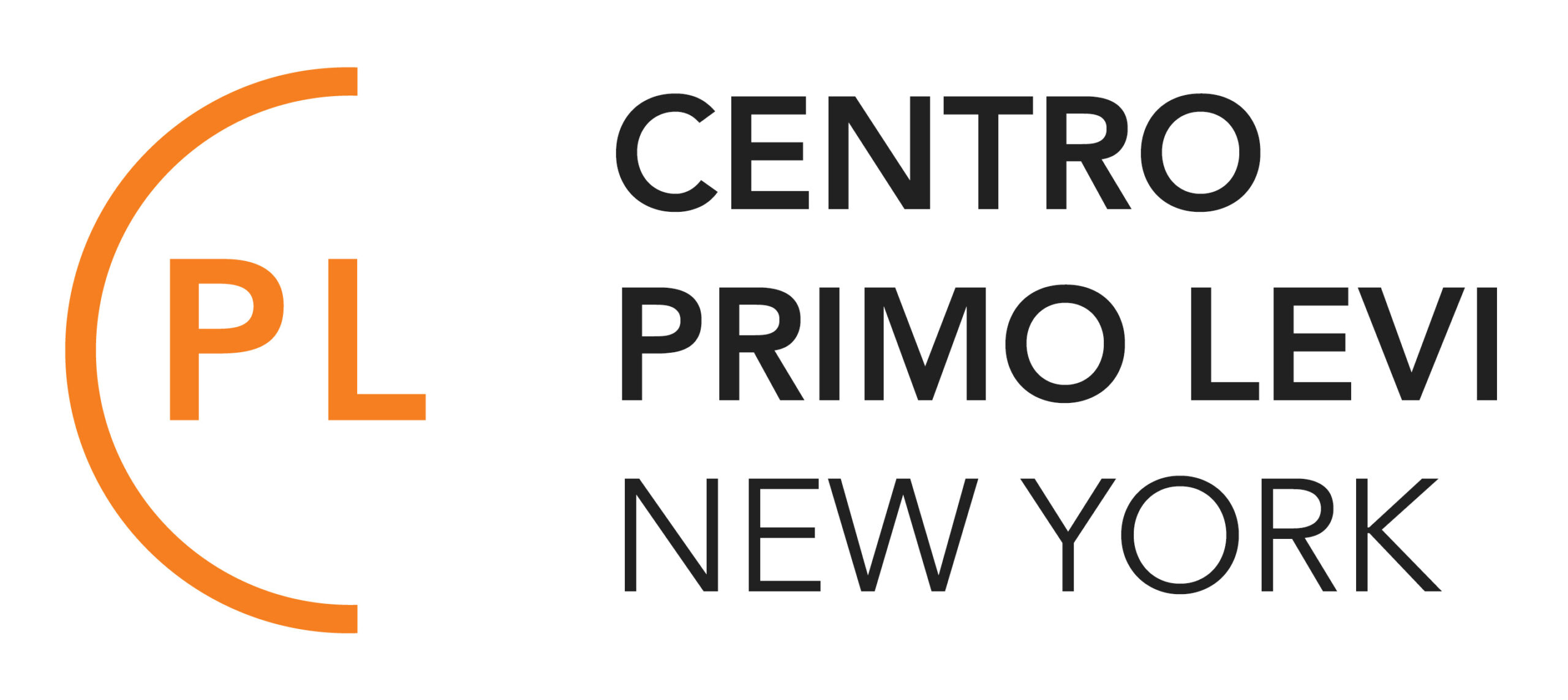New York Transatlantic: 500 Years of Jewish History from the Venice Ghetto
On the March 29, 1516, the Senate of the Republic of Venice decided that the city’s Jews had to live in a secluded area. The Jews were not allowed to leave the so-called “ghetto” (from the word for “foundry”) all night long. One category of Jews, however, was allowed to leave the ghetto when the gates were locked: Jewish doctors, who were considered by the local aristocracy to be “better than the other doctors,” and were sometimes called by the richest families of the Serenissima in the middle of the night.
This and other intriguing details from the 281 years of history of the Venetian ghetto were told by Donatella Calabi during the Monday presentation of her book Venice, the Jews and Europe 1516 – 2016 at the Rizzoli Bookstore in NoMad, Manhattan, organized by the Primo Levi Center. Calabi edited the book and curated the exhibition of the same name, now on view at the Doge’s Palace in Venice. The exhibition marks 500 years since the establishment of the Venetian ghetto.

In a conversation with Italian journalist Alain Elkann, Calabi explained to the crowd that the ghetto was established as a way for the Senate to control the Jews living in Venice, but also as the equivalent of other national settlements spread around the city. Creating the ghetto, she said, was an “economic choice” for a city that revolved around international commerce.
“In the beginning, there were 700 Jews living in the ghetto. The number quickly rose to 3,000 people. It was a narrow area, and they needed more space, so they started adding floors to the existing buildings,” said Calabi. “Some of the buildings reached nine floors, gaining a reputation as ‘the Skyscrapers of Venice.’”
The area became so culturally active that it’s referred to by the curator of the book as a “city within the city.” Five different synagogues were built, serving the different Jewish communities that lived in the ghetto, including the German, the Spanish, the Portuguese, and the Italian.
Printing was another widespread activity. Although forbidden by the Church, the Jews in the ghetto devoted themselves to this practice, to the extent that the area became an international center for publishing, with several print shops and intellectuals visiting from various countries to purchase the books—especially books in Hebrew—that could hardly be found elsewhere.
Venice, the Jews and Europe 1616-2016 is 532 pages long and can be purchased at Rizzoli for 85 dollars. Elkann described the book as a “library itself.” “Reading the book is like visiting the exhibition,” he concluded, “room after room.”
